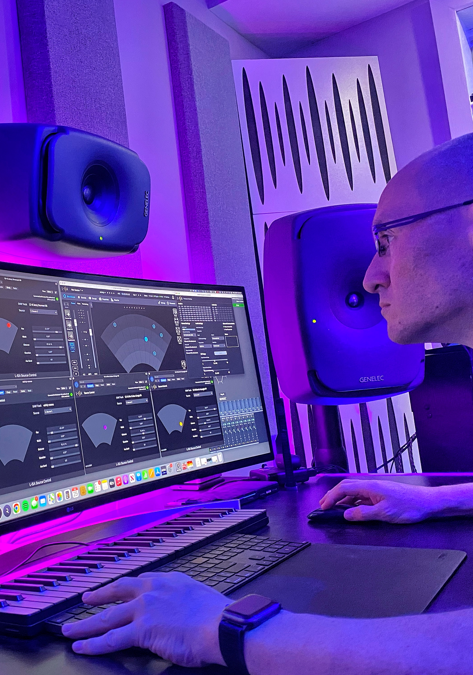Atlanta-based musician and sound designer Richard Devine, who is in the process of mixing an 'epic' album slated for release next year using L-Acoustics’ new L-ISA Studio spatial audio platform, says that the software 'could not have come at a better time'.
A modern-day pioneer in the world of electronic music, Devine is known for his multi-layered, long-form electronic compositions — which fuse IDM, experimental and electro acoustic elements. With six critically acclaimed albums under his belt, he is well known as a commercial sound designer, and has composed and designed commercials for some of the largest companies in the world. Devine is also an electronic music futurist and thought leader, having coded his own applications in SuperCollider — a programming language for real-time audio synthesis.
Recently, Devine began exploring L-Acoustics' new spatial audio platform for music creation and mixing: L-ISA Studio. He has spent his career pushing the envelope on what is possible with immersive audio at his Devinesound studio in Atlanta, routinely working in binaural, 5.1 and 7.1.4 audio formats.





